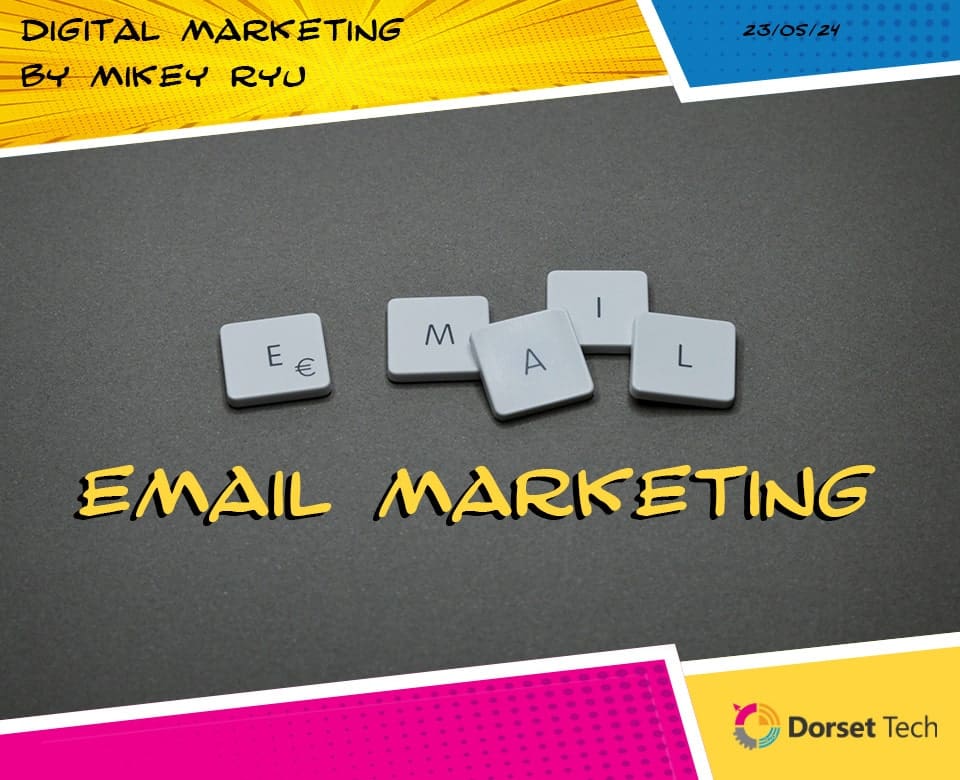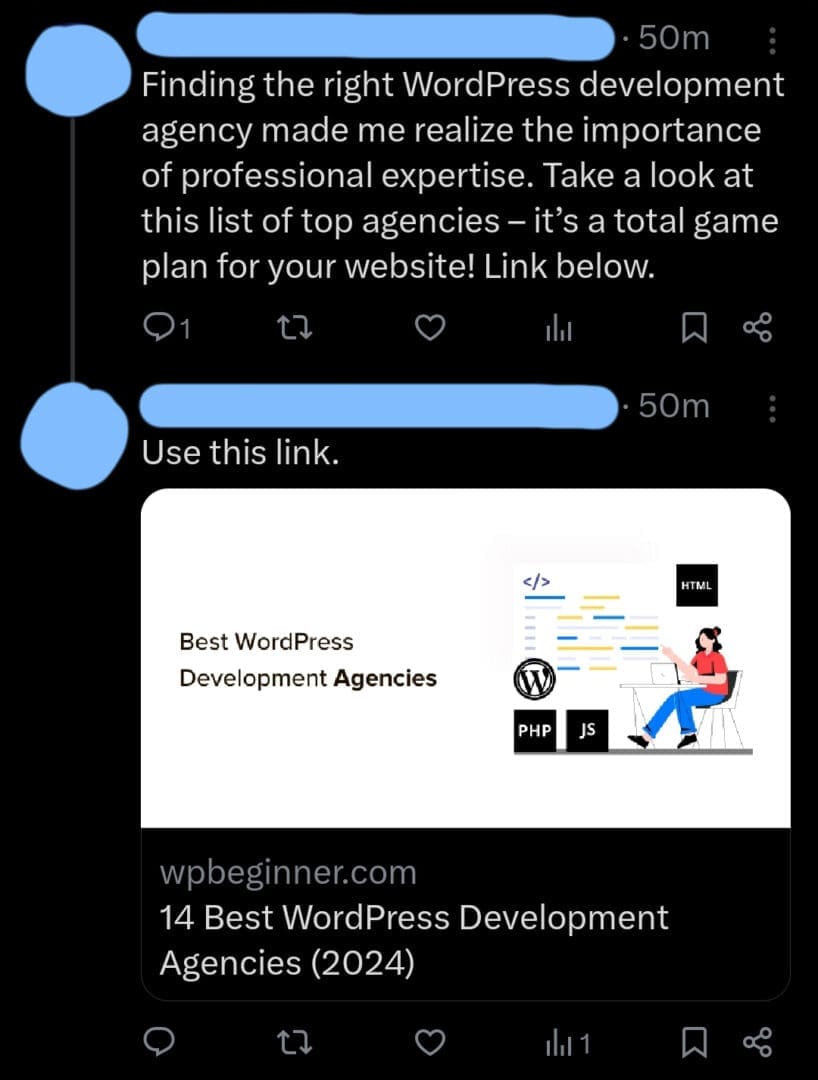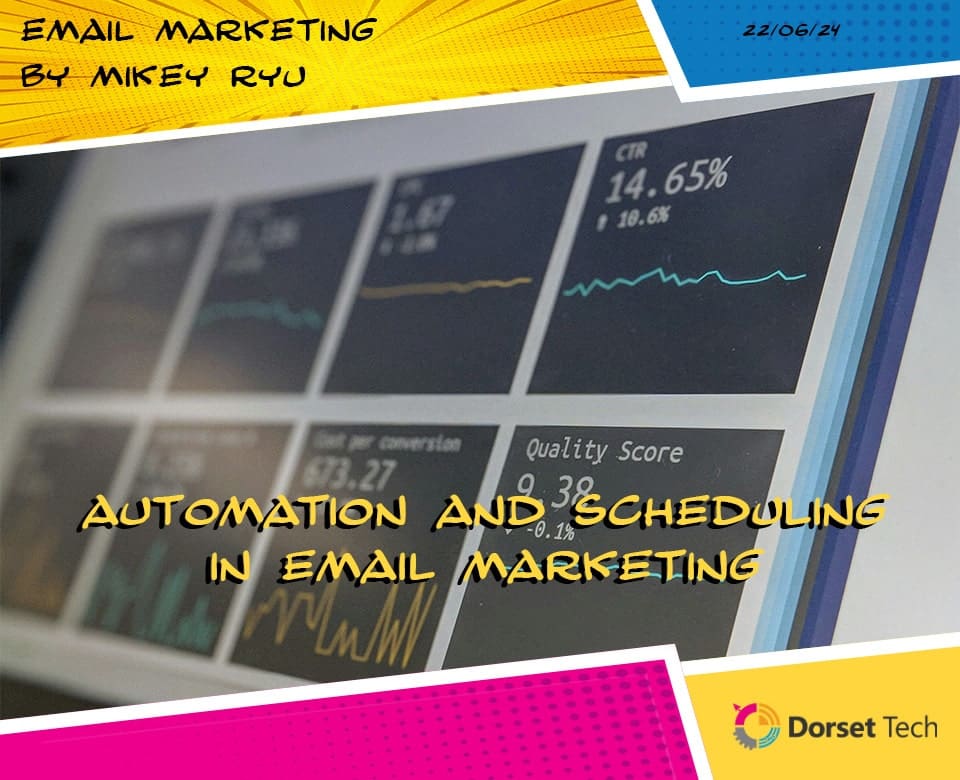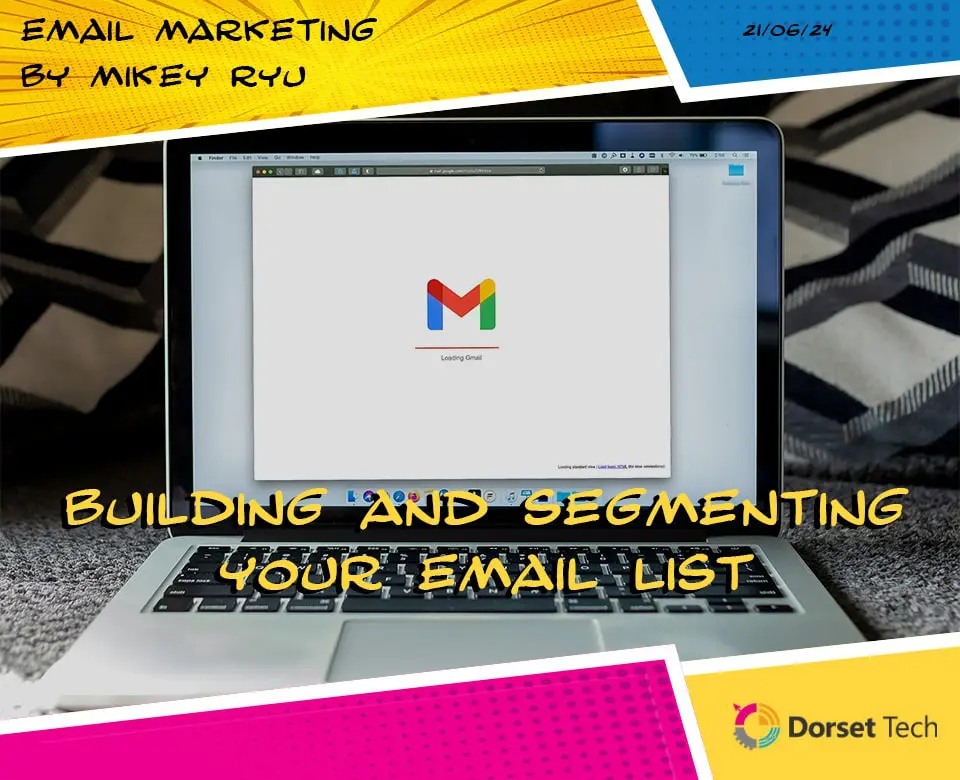
Understanding Email Marketing
Email marketing is one of the most effective and cost-efficient tools available to businesses today. Despite the rise of social media and other digital marketing channels, email remains a powerful way to connect with customers, build relationships, and drive sales. This blog explores the fundamentals of email marketing, its benefits, best practices, and how to create successful email campaigns that engage your audience and achieve your marketing goals.
What is Email Marketing?
Email marketing involves sending commercial messages to a group of people via email. These messages can include newsletters, promotional offers, product announcements, and more. Unlike other forms of marketing, email allows for direct communication with customers, making it a highly personal and targeted method.
The Benefits of Email Marketing
Cost-Effective:
Email marketing is relatively inexpensive compared to other marketing channels. With minimal costs for sending emails and the availability of affordable email marketing platforms, it offers a high return on investment (ROI).
Targeted Messaging:
Email marketing allows you to segment your audience based on various criteria such as demographics, purchase history, and engagement levels. This enables you to send highly targeted messages that resonate with specific groups of subscribers.
Measurable Results:
Email marketing platforms provide detailed analytics that tracks open rates, click-through rates, conversion rates, and more. This data helps you understand the effectiveness of your campaigns and make data-driven decisions.
Builds Relationships:
Regular email communication helps build and nurture relationships with your audience. By providing valuable content and personalised offers, you can foster loyalty and trust among your subscribers.
Increases Sales:
Email marketing is a proven driver of sales. Personalised recommendations, limited-time offers, and follow-up emails can significantly boost conversions and revenue.
Best Practices for Email Marketing
Build a Quality Email List:
Focus on growing an email list of engaged subscribers who are genuinely interested in your products or services. Use opt-in forms, lead magnets, and social media to attract subscribers.
Use a Reliable Email Marketing Platform:
Choose an email marketing platform that suits your needs and budget. Popular options include Mailchimp, Constant Contact, and Sendinblue. These platforms offer templates, automation features, and analytics to help you manage your campaigns effectively.
Create Compelling Subject Lines:
The subject line is the first thing recipients see, so it needs to grab their attention. Keep it concise, clear, and relevant to the content of the email. Personalisation, urgency, and curiosity can also increase open rates.
Personalise Your Emails:
Personalisation goes beyond using the recipient’s name. Segment your list and tailor your content to match the preferences and behaviours of different groups. Personalised emails are more likely to be opened and acted upon.
Provide Value:
Ensure your emails offer value to your subscribers. This can include informative content, exclusive offers, discounts, and early access to new products. Valuable emails foster engagement and loyalty.
Optimise for Mobile:
A significant portion of emails is opened on mobile devices. Ensure your emails are mobile-friendly with responsive design, concise content, and easily clickable links.
Test and Optimise:
A/B testing (split testing) different elements of your emails, such as subject lines, content, and CTAs (call-to-actions), to help identify what works best. Use the insights gained to optimise future campaigns.
Monitor and Analyse:
Regularly review your email analytics to understand how your campaigns are performing. Look at open rates, click-through rates, conversion rates, and unsubscribe rates to gauge effectiveness and areas for improvement.
Creating a Successful Email Marketing Campaign
Set Clear Goals:
Define what you want to achieve with your email campaign. Common goals include increasing sales, driving traffic to your website, promoting new products, or nurturing leads. Clear goals help guide your strategy and measure success.
Know Your Audience:
Understand who your subscribers are, what they are interested in, and what problems they need to solve. Use this information to craft messages that resonate with them.
Plan Your Content:
Outline the content of your emails, including the main message, visuals, and CTAs. Ensure your content aligns with your campaign goals and provides value to your audience.
Design Your Emails:
Use a clean and professional design that reflects your brand. Include images, headings, and bullet points to make your emails visually appealing and easy to read.
Automate Where Possible:
Email automation saves time and ensures the timely delivery of your messages. Set up automated emails for welcome sequences, abandoned cart reminders, follow-ups, and more.
Ensure Compliance:
Adhere to email marketing regulations such as the CAN-SPAM Act and GDPR. Obtain explicit consent from subscribers, provide an easy way to unsubscribe, and include your business address in all emails.
Send at the Right Time:
Timing can impact the effectiveness of your emails. Test different days and times to determine when your audience is most likely to engage with your emails.
Measuring Email Marketing Success
Open Rate:
The percentage of recipients who open your email. A high open rate indicates that your subject line and sender name are effective.
Click-Through Rate (CTR):
The percentage of recipients who click on a link within your email. A high CTR suggests that your content and CTAs are compelling.
Conversion Rate:
The percentage of recipients who complete a desired action, such as making a purchase or filling out a form. This metric directly measures the success of your campaign goals.
Bounce Rate:
The percentage of emails that could not be delivered. A high bounce rate may indicate issues with your email list quality or deliverability.
Unsubscribe Rate:
The percentage of recipients who opt out of your email list. Monitoring this rate helps you understand how your content is being received and whether you need to adjust your strategy.
Conclusion
Email marketing remains a cornerstone of digital marketing due to its ability to deliver targeted messages directly to your audience’s inbox. By understanding the fundamentals of email marketing and following best practices, you can create effective campaigns that drive engagement, build relationships, and increase sales. Remember, the key to successful email marketing lies in providing value, personalising content, and continuously analysing and optimising your efforts. Embrace the power of email marketing to connect with your audience and achieve your business goals.





















